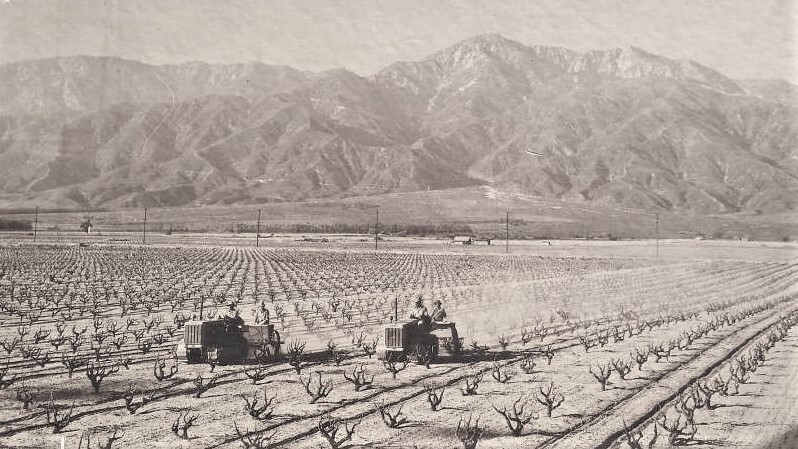Italian American Wine Industry Economic Rise and Survival
The economic rise and survival of Italian-American winemaking in California is a story of resilience, adaptation, and a sense of true entrepreneurship. Italian American winemaking is rooted in the traditions of Italian immigrants who flooded America and more specifically California in the 19th and 20th centuries. The wine industry flourished upon Italian immigrant arrival, contributing significantly to California’s cultural and economic landscape. Key figures like Secondo Guasti, who established the largest contiguous vineyard in the world in the Cucamonga Valley, and Robert Mondavi whose innovative marketing strategies propelled their winery to global prominence, exemplify the ingenuity of Italian-American winemakers.
However, this growth was not without challenges. The era of Prohibition in 1920 threatened the very existence of the wine industry, forcing many winemakers to pivot or perish. Italian-American vintners, drawing on their heritage and resourcefulness, found ways to endure. This resilience to temporary challenges proved worthy for the Italians as it allowed them to shape the economic future of the Wine Industry in California as we know it today.
This project explores the economic and cultural forces that shaped the Italian-American wine industry, focusing on key figures who started the industry, as well as its near-collapse during Prohibition, and its remarkable recovery. By examining the economic and cultural contributions of pivotal figures and the broader historical context, it sheds light on how the traditions and resilience of Italian immigrants transformed the economics of California winemaking into a cornerstone of American agriculture that we see today.
